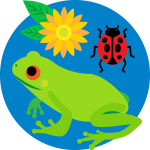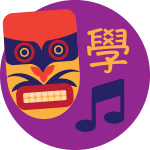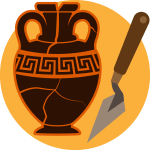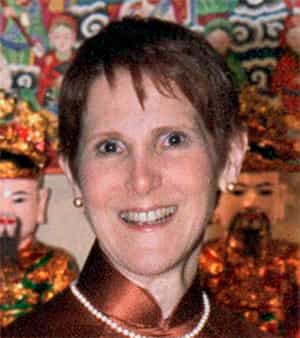snakes
crocodiles
both
Correct!
Over time, the European mermaid image blended with local stories and more and more spirits began to look like mermaids. These stories eventually merged into one powerful water spirit named Mami Wata. Mami Wata is often shown holding a snake.




 Biodiversity
Biodiversity
 Brain
Brain
 Genetics
Genetics
 Marine BiOLogy
Marine BiOLogy
 MicrobiOLogy
MicrobiOLogy
 PaleontOLogy
PaleontOLogy
 ZoOLogy
ZoOLogy
 AnthropOLogy
AnthropOLogy
 ArchaeOLogy
ArchaeOLogy
 Astronomy
Astronomy
 Climate Change
Climate Change
 Earth
Earth
 Physics
Physics
 Water
Water

